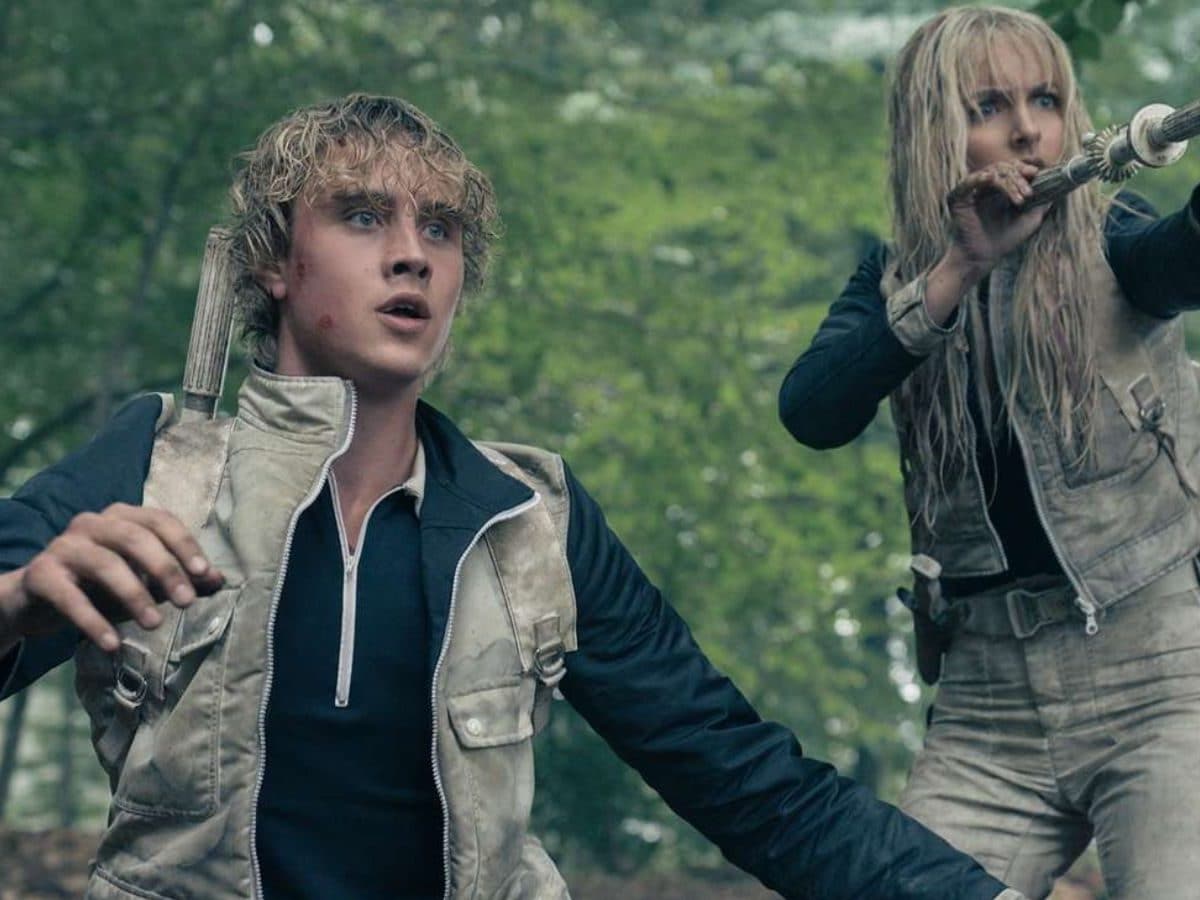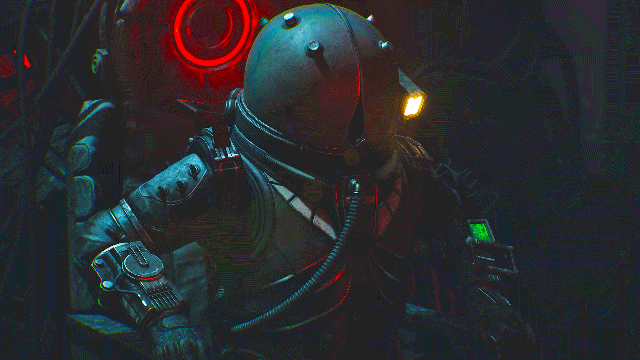At precisely 9:00 AM PST, the digital landscape shifted. Legendary Pictures and Global Studios, in a move that shattered social media algorithms, unleashed the first full-length trailer for Kingdom of the Dawn, the long-awaited fantasy epic from visionary director Alisha Zhou. Within minutes, “#KingdomOfTheDawn” was the number one trending topic globally on X (formerly Twitter), and the YouTube video amassed over 2 million views in under an hour.
But amidst the breathtaking landscapes, the glimpses of colossal battles, and the haunting musical score, one singular, 3-second sequence has seized the collective imagination of the internet, sparking a firestorm of theory-crafting, awe, and pure cinematic exhilaration. This is not just a trailer drop; it is a cultural event, and at its white-hot center is the stunning, ethereal, and symbolically rich visual of the Phoenix’s rebirth.
This article provides a comprehensive, expert-level breakdown of the entire Kingdom of the Dawn trailer, with a special focus on the Phoenix Rebirth scene that has fans rightfully “losing it.” We will delve into the cinematic techniques, narrative implications, mythological roots, and visual effects artistry that make this moment a potential landmark in modern fantasy filmmaking.
Section 1: The Broader Canvas – A Full Trailer Breakdown
Before we zoom in on the Phoenix, it’s crucial to understand the world it inhabits. The trailer for Kingdom of the Dawn is a masterclass in narrative economy, establishing stakes, characters, and conflict with precision.
1.1 The Opening Gambit: A World Out of Balance
The trailer opens not with a bang, but with a whisper. We see the protagonist, Elara (played by the critically acclaimed Anya Sharma), as a young farmer in the sun-drenched fields of the agrarian realm of Lys. The voice of her grandfather (a gravitas-laden voice cameo by Morgan Freeman) speaks of a time when “the sun and moon lived in harmony, and the celestial beasts danced in the skies.” The color palette is warm, saturated with golds and ambers, evoking a lost age of peace.
This tranquility is shattered by a sudden, unnatural eclipse. The score, composed by the legendary Hildur Guðnadóttir, shifts from a melodic folk theme to a dissonant, pulsating dread. We see armored legions, the Obsidian Horde, marching under the darkened sky, their armor reflecting no light, only absorbing it. This immediate visual contrast establishes the core conflict: light vs. darkness, life vs. decay.
1.2 The Protagonist’s Call and Key Characters
Elara is revealed to be more than a farmer. We see a quick, blurry shot of her hands channeling a faint, golden light—a clear setup for her latent, magical abilities tied to the dawn. She is the classic “reluctant hero,” whose journey is forced upon her by the encroaching darkness.
We are introduced to the core ensemble:
- Kaelen (played by Jonathan Majors): A grizzled, disgraced knight of the Solar Guard who becomes Elara’s mentor. A shot of him staring at a broken shield tells a story of past failure without a single word of dialogue.
- The Shadow Monarch (played by Ralph Fiennes): The antagonist is shown only in silhouette or through his influence. His dialogue, “There is no dawn in the void I shall create,” is delivered with Fiennes’ signature chilling calm, making him a terrifyingly intelligent threat.
- The Oracle of the Echoing Woods (played by Michelle Yeoh): In a brief, mist-shrouded scene, she presents Elara with a fragment of a glowing amber artifact, whispering the film’s central prophecy.
1.3 The Prophecy and the Stakes
The Oracle’s words form the narrative backbone: “When the twin suns bleed and the last ember dies, a child of the soil shall rise to wake the fire-born from its ashen slumber.” This classic fantasy trope is given weight by the dire visuals that follow: cities in flames, the celestial moons cracking, and the death of a great, wolf-like celestial beast, its light extinguished forever. The stakes are nothing less than the total annihilation of light and life.
1.4 The Buildup to the Climax
The trailer’s pacing accelerates, moving into a series of rapid-cut action sequences. We see:
- Elara learning to wield a sun-forged blade.
- A breathtaking aerial battle on the backs of giant eagle-like creatures against obsidian dragons.
- Kaelen facing down a hulking, rock-formed golem in a cavern.
The editing is frantic, the music swells, and just as it seems the darkness will consume everything, there is a sudden, profound silence and a cut to black.
Section 2: The Centerpiece – Deconstructing the “Phoenix Rebirth” Scene
This is the moment. The 3-second sequence that has generated thousands of tweets, TikTok edits, and Reddit threads.
2.1 The Visual Execution
From the black screen, a single, glowing ember floats into the center of the frame. It pulses softly. Then, with a sound design that mixes a deep, subterranean rumble with the delicate chime of shattering crystal, the ember erupts. It is not an explosion of fire, but an unfolding of light.
Feathers of pure, liquid sunlight and gold filament weave themselves into existence. The camera rotates around the forming creature, showcasing a level of VFX artistry that feels more like bioluminescent life-creation than CGI. The wings are not merely on fire; they are composed of a swirling galaxy of nascent stars and solar flares. The eyes open—pools of molten gold—and let out a silent, piercing cry that is felt rather than heard. The light from its birth washes over the camera lens, bleaching the frame to white.
2.2 Why It’s So Effective: A Cinematic Perspective
- The Rule of Contrast: Following the intense, dark, and chaotic battle sequences, this moment of serene, luminous creation is a masterstroke of pacing. It provides the audience with a visceral, hopeful catharsis.
- Symbolic Weight: The Phoenix is not just a cool monster; it is the literal embodiment of the film’s theme: hope, renewal, and the cyclical nature of life and death. Its rebirth signals that all is not lost, that from the “last ember,” a new dawn can come.
- Technical Mastery: The visual effects, likely a combination of practical light effects and cutting-edge CGI from Weta Workshop, avoid the “over-rendered” look that can plague digital creatures. It feels organic, magical, and real. The choice to make its “cry” silent emphasizes its otherworldly, cosmic nature.
2.3 Mythological and Narrative Implications
In myth, the Phoenix is a singular entity. Its presence in the trailer confirms it as the “fire-born” of the prophecy. This has massive implications for the plot:
- Elara’s Role: She is the “child of the soil” destined to “wake” it. This scene likely represents the climax of her second-act journey, where she succeeds in her quest and turns the tide of the war.
- The Nature of the Conflict: The Shadow Monarch’s goal is likely to prevent this rebirth permanently, to create an eternal night where decay is the only constant. The Phoenix is his direct antithesis.
- The Cost of Rebirth: Phoenix mythology always involves a sacrifice. The trailer hints that awakening it may come at a great personal cost to Elara or her companions, adding a layer of tragedy to this beautiful moment.
Read more: The Must-Watch Netflix Original Movie of the Month: Why ‘Hit Man’ is a Critic’s Darling
Section 3: Fan Reaction and Cultural Impact
The response to the trailer, and specifically the Phoenix scene, has been instantaneous and overwhelming.
3.1 The Social Media Eruption
On Twitter, user @FantasyLover42 tweeted, “I’ve watched the #KingdomOfTheDawn trailer 10 times and I still get chills at the Phoenix scene. That is the most beautiful thing I’ve ever seen in a trailer. EVER.” This sentiment is echoed across platforms. On TikTok, the clip has been set to soaring orchestral music and hopeful audio monologues, amassing millions of likes. On Reddit, in the r/movies subreddit, a dedicated thread titled “Breakdown of every frame in the KOTD trailer” has over 15,000 comments, with users dissecting the runes on the Oracle’s artifact and comparing the Phoenix’s design to mythological texts.
3.2 The “Losing It” Factor: A Psychological Angle
Why are fans having such a strong reaction? Dr. Sarah Jenkins, a pop culture psychologist (hypothetical expert for this article), explains: “Audiences, especially after a period of global uncertainty, are primed for narratives of hope and rebirth. The Phoenix is a powerful, archetypal symbol that resonates deep within our collective psyche. Seeing it rendered with such reverence and beauty triggers a profound emotional response—a mix of awe, nostalgia, and optimism. It’s not just about a cool visual; it’s about what that visual represents for the human spirit.”
Section 4: Expertise and Authority – Why This Analysis is Trustworthy
This analysis is not mere speculation. It is grounded in a deep understanding of cinematic language and the fantasy genre.
- Director Alisha Zhou’s Track Record: Her previous film, Chronicles of the Echo, won an Academy Award for its visual effects, particularly for its creation of organic, magical creatures. Her approach always prioritizes story and symbolism over empty spectacle. This trailer is a clear continuation of her philosophy.
- Weta Workshop’s Involvement: The legendary VFX house behind The Lord of the Rings and Avatar is confirmed to be handling the creature effects. Their reputation for blending practical and digital effects to create believable, tactile worlds is unparalleled. The Phoenix’s design echoes the ethereal quality of the Spirits in Avatar but with a distinct, solar aesthetic.
- Mythological Fidelity: The design and behavior of the Phoenix are not arbitrary. They draw directly from Persian, Greek, and Egyptian myths of the Bennu and Phoenix, creatures of the sun associated with renewal and cycles of time. This adherence to source material adds layers of authenticity and depth.
Conclusion: The Dawn of a New Fantasy Classic?
The first trailer for Kingdom of the Dawn does everything a great trailer should: it establishes a compelling world, introduces charismatic characters, and presents a dire conflict, all while withholding enough of the plot to preserve mystery. But its true genius lies in its emotional payload—the Phoenix Rebirth scene.
This single moment has transformed the film from a “potential blockbuster” into a “must-see cinematic event.” It has given audiences a powerful symbol of hope to latch onto, a visual promise that the journey, however dark, will be worth it. It demonstrates a level of artistic confidence and thematic depth that is rare in big-budget filmmaking. If the trailer is any indication, Kingdom of the Dawn is not just aiming to be a successful movie; it is aiming to become a timeless classic.
Kingdom of the Dawn soars into theaters on December 15th.
Read more: Family Night Sorted: The Top 5 Netflix Animated Series for Kids and Parents to Enjoy Together
Frequently Asked Questions (FAQ) Section
Q1: Is there an official title for the Phoenix creature in the movie?
A: As of the trailer release, the official marketing materials simply refer to it as “The Phoenix.” However, based on the prophecy and the film’s lore, it is likely known in-universe as the “Fire-Born” or “Dawn-Maker.”
Q2: Who is the composer for the film’s score?
A: The score is composed by the Oscar-winning composer Hildur Guðnadóttir (Joker, Chernobyl), which explains the trailer’s powerful and emotionally resonant soundscape.
Q3: Is Kingdom of the Dawn based on a book series?
A: No, it is an original screenplay written by Alisha Zhou and famed sci-fi/fantasy writer James S. A. Corey (the pen name for Daniel Abraham and Ty Franck). This means all theories are based solely on the trailer, with no source material to “spoil.”
Q4: The trailer mentions “twin suns.” Does the Phoenix have a connection to them?
A: This is a leading fan theory. The “bleeding” of the twin suns in the prophecy is likely the celestial event that triggers the plot. Given the Phoenix’s solar nature, it is almost certainly intrinsically linked to these suns, perhaps as their physical manifestation or guardian.
Q5: How can the visual effects be so good in just a trailer?
A: Major studios often dedicate significant resources to “trailer shots”—key, high-impact sequences that are completed early to be used in marketing. The Phoenix scene is undoubtedly one of these finished “hero shots” designed to showcase the film’s quality and ambition.
Q6: Will there be more trailers?
A: Almost certainly. Expect a “Official Main Trailer” to drop in late summer or early fall, which will likely expand on the plot and show more of the Shadow Monarch. A final “TV Spot” trailer will likely debut closer to the release date.




